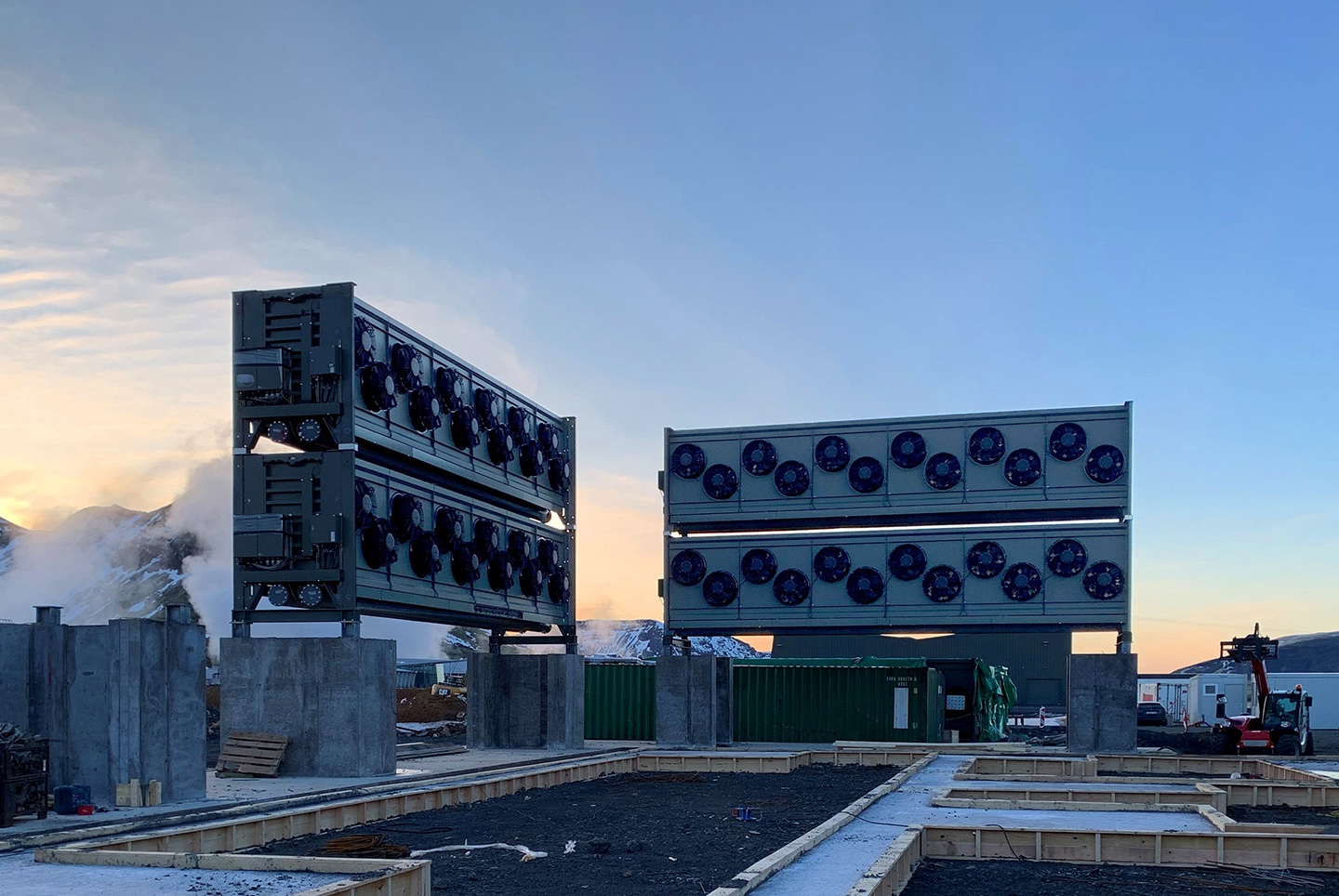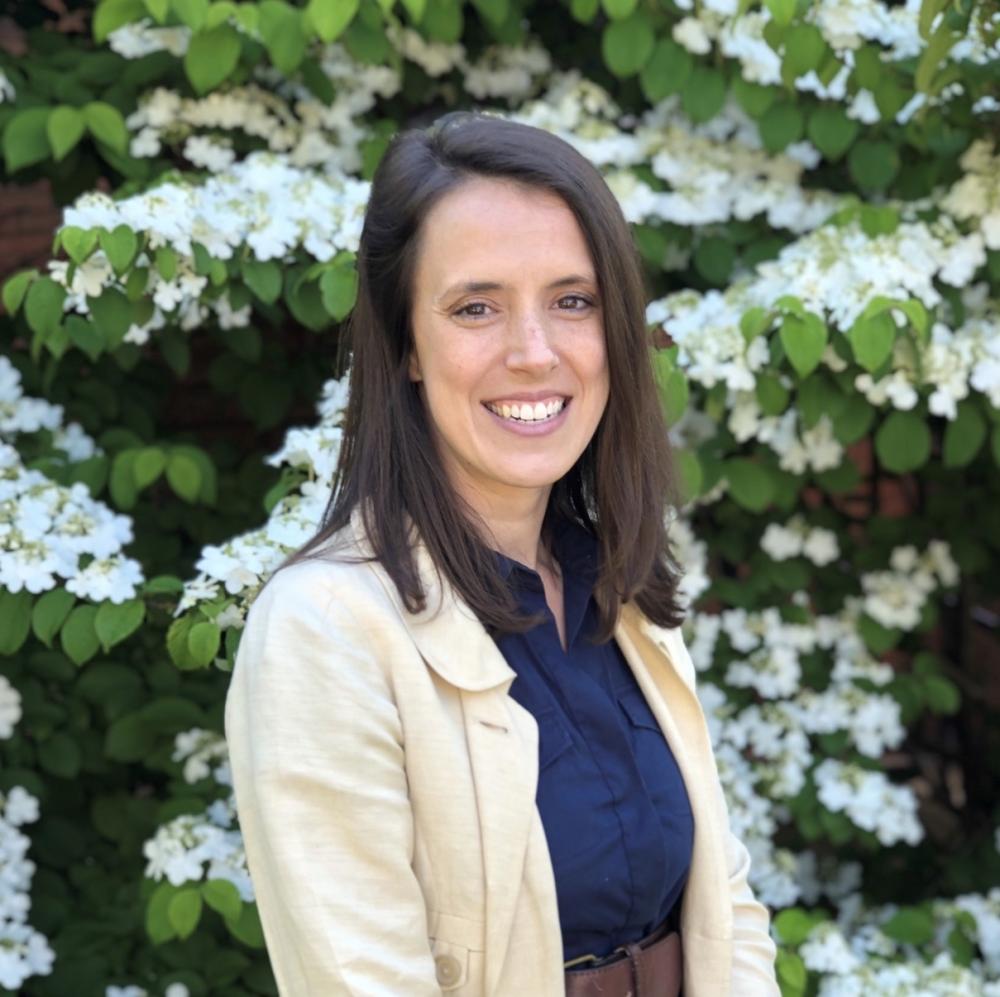
Climeworks' Orca plant under the Northern Lights in Iceland. (Image courtesy of Climeworks.)
In a significant milestone for the carbon removal industry, Climeworks is the first direct air capture company to receive third-party certification under the Puro Standard for its carbon dioxide removal activities. Climeworks’ Orca plant in Iceland was certified by Puro.earth after a rigorous evaluation and third-party auditing process.
The Puro Standard is recognized as the first comprehensive framework tailored specifically for engineered carbon removal methods within the voluntary carbon market. It is designed to ensure carbon removal solutions are transparent and high quality. Certified carbon removal activities meet stringent criteria such as requiring that the carbon is traceable, wouldn’t be captured without this intervention, and will be stored for hundreds to thousands of years.
“With carbon removal in general, you have to remove more than you are emitting,” said Marianne Tikkanen, co-founder and the head of standard at Puro. “This certification solidifies a milestone in Climeworks’s journey. Direct air capture generally, and Orca specifically, have reached a level of maturity that allows them to be certified with universal rules. We are still going to see big improvements, but they are now showing the world where they are in their technological development and carbon removal journey.”
Orca was the first-ever, large-scale direct air capture and storage plant, meaning it pulls carbon dioxide straight out of the air around it. Powered by geothermal energy, it sucks in air with fans, filters out the carbon dioxide, and stores it underground. The plant can capture up to 4,000 tons of carbon dioxide each year, according to Climeworks.

Climeworks' achievement sets a new standard for the industry. Before this milestone, direct air capture projects were self-certified, adhering only to their own internal standards. To secure this certification, Climeworks instead met stringent external requirements, including a third-party audit paid for and overseen by Puro.
“We organize and pay for the audit to maintain maximum neutrality,” Tikkanen explained. “We act as the referee in the audit.”
To be certified, projects have to show that their carbon removal activities are required by law, that the carbon removed from the atmosphere and stored would not have been sequestered without the project’s operations, and that the carbon removal credits generated by the project are necessary to operate. Once audits are completed, Puro issues the carbon removal credits and publishes the documentation in its public registry.
The registry tracks the lifecycle of CO2 Removal Certificates, the organization’s carbon removal credits, from issuance to retirement. This allows stakeholders to verify and track the effectiveness of carbon removal efforts, ensuring that the removals are genuine and have not been double-counted.
Tikkanen acknowledges that direct air capture is not a silver bullet. “It’s not just direct air capture,” she said. “All removals have their place. Locality plays a role in all carbon removal models.”
For a direct air capture project to work, it needs to have access to clean energy because the project has to remove more carbon than it emits. It also needs access to the right type of geology and natural resources for reliable, long-term storage. And that can limit project viability.
“A lot of things have to fall into place to create a favorable mix for a project to happen,” Tikkanen said. “However, that is where innovation happens. I think we will see great cost-saving and efficiency innovations in direct air capture and storage in the coming years as people try to find optimal conditions.”
Orca is at the forefront of innovation, testing its equipment in Iceland’s harsh terrain with extreme seasonal conditions, including wind and ice. “They are testing their equipment in the worst possible conditions and still finding ways to make it happen,” Tikkanen said.
The project’s impact extends beyond its technological achievements, benefiting the broader community and raising awareness about the cost of removing fossil fuel emissions from the atmosphere. “It is good for people to see how expensive it is,” Tikkanen said. “Then, they can consider how they can emit less because it is always better to have not emitted at all rather than paying the high cost of removing it from the air.”
The certification under the Puro Standard marks a critical step for Climeworks and the direct air capture industry as a whole. Tikkanen acknowledged that Orca set a new precedent for the carbon market, encouraging other novel carbon dioxide removal projects to certify so projects around the world can be compared using the same metrics.
Reflecting on Orca’s influence on the future of direct air capture, Tikkanen drew an analogy to sports. “Orca, a first-of-its-kind technology, is like striving to become a top athlete,” she said. “The human perspective is to appreciate the risk-taking and be sympathetic to the bumps along the way. It takes courage to be transparent while you’re still developing.”

Mary Riddle is the director of sustainability consulting services for Obata. As a former farmer and farm educator, she is passionate about regenerative agriculture and sustainable food systems. She is currently based in Florence, Italy.














